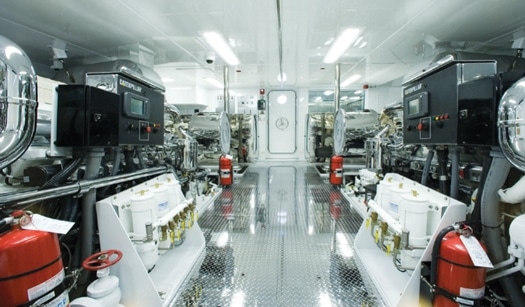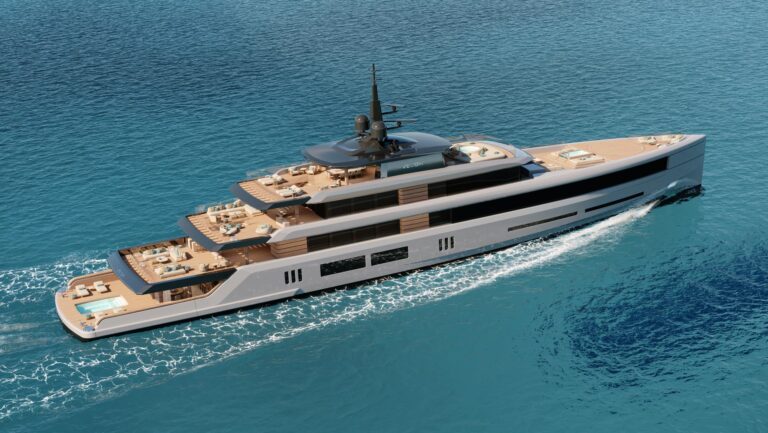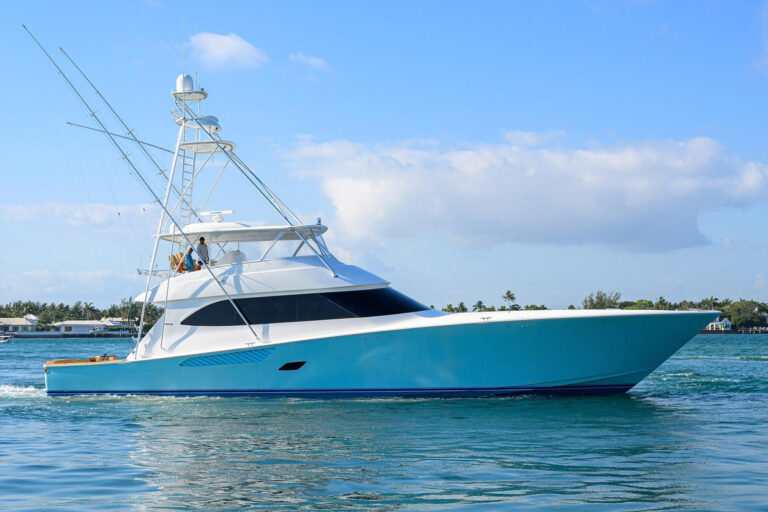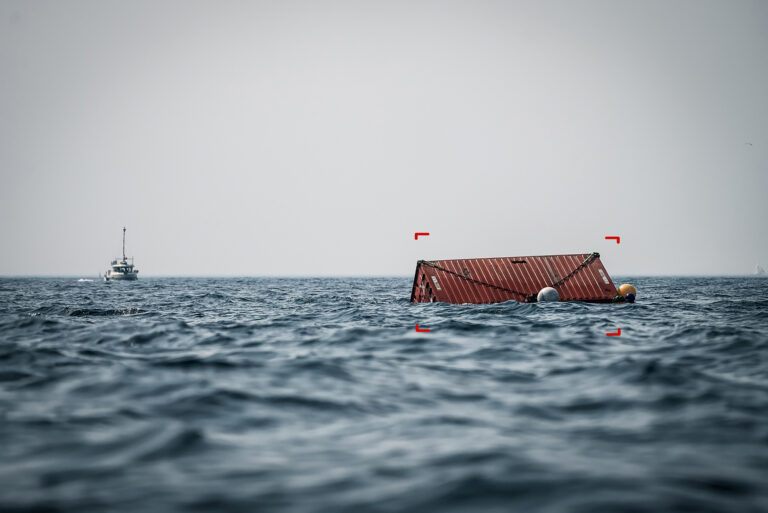
ytgmar09horse525.jpg
It all started with James Watt and his efforts to market an improved steam engine in the 18th century. Cornish miners used horse-driven pumps to dewater their mines, so it became necessary for the Scottish entrepreneur to develop an equivalent value to know how many horses his engine could replace. Watt’s experiment showed that one horse, on average, could lift 330 pounds of water one hundred feet in one minute, or the equivalent of 33,000 foot-pounds/minute.
Watt coined the term “horsepower” to designate this value, and thus established the standard English and U.S., or SAE (Society of Automotive Engineers) horsepower. Energy is also measured in watts these days, named in honor of James, with the SAE system setting 1 horsepower as equivalent to 745.7 watts, or 0.7457 kilowatts (kW), a kilowatt being 1,000 watts.
To keep things nice and even in their own system, and to confuse the rest of us, developers of the metric system set one horsepower equal to 4,500 kilogram-meters/minute, which is 32,549 foot-pounds/minute, or 735.5 watts, or 98.6 percent of an SAE horsepower. Further confusion was added by sometimes designating metric horsepower as MHP, sometimes as PS (pferdestarke, or “horse strength” in German), and sometimes as CV (cavallo, or “horse” in Italian), depending on where the engine was manufactured.
For marine engines, whether inboard or outboard, gasoline or diesel, a horse is a horse. It’s a myth that a hundredhorse diesel is more powerful than a hundred-horse gas engine. The confusion may stem from the difference between continuous and maximum power ratings-diesels can sometimes run continuously at a higher percentage of their maximum power than gas engines-or from the difference in torque-a slower-turning diesel will have more torque than a faster-revving gas engine of the same horsepower.
Horsepower ratings for marine engines are also complicated by where the power is measured during certification testing. Brake horsepower (BHP) is the power measured at the engine flywheel, using a dynamometer, or test brake. It’s also known as SAE net horsepower. Shaft horsepower (SHP) is measured at the propeller shaft coupling flange, at the aft end of the reduction gear. It’s usually about 3 percent less than the BHP, due to frictional losses within the gear.
From model tests or from calculations, boat designers and builders can estimate how much horsepower is needed to propel a boat of a given weight at a given speed. In pure theoretical terms, this is the effective horsepower (EHP). Now, because not all of the horsepower that is sent down the shaft is effectively transferred into propelling the boat, we have to figure in a factor known as the overall propulsive coefficient (OPC), which takes into account the efficiency of the propeller and a few other smaller effects. For many stock propellers, the OPC is about 50 percent, meaning that half your power, and half your fuel and money, are lost in the transition. Improved, modern, custom propellers, often high-pitch, coupled to high-ratio (deep reduction) gears, can deliver OPCs of 60 percent to 70 percent. If you’ve ever wondered why anyone would buy a $5,000 custom prop when a $2,000 stock one will do, the answer lies in that potential 20-percent to 40-percent improvement in fuel efficiency and range.
Let’s look at an example, starting with a new yacht that needs 1,000 effective horsepower (EHP) to propel it at 30 knots. With modern props and a moderately deep gear ratio, let’s estimate you’ll get about a 60 percent OPC, so the shaft horsepower required is 1,000 divided by 0.60, or 1,667 shaft horsepower (SHP). Brake horsepower required is 1,667 divided by 0.97, or 1,718 BHP, to make up for that 3 percent loss in the reduction gear. For a twin-engine installation, you’d need two engines of 859 brake horsepower (BHP) each. Non-U.S. engines rated in metric horsepower would need to be 859 divided by 0.986, or 871 metric horsepower (MHP). In either case, the brake horsepower required is equal to about 640,000 watts, or 640 kilowatts (kW) per engine.
To compare apples to apples, use the U.S./SAE shaft horsepower (SHP). If the brake horsepower rating is published instead, subtract about 3 percent to get shaft horsepower. If the metric shaft horsepower is published, subtract about 1.4 percent, and if it’s metric brake horsepower, the reduction is cumulative, so subtract 3 percent + 1.4 percent, or 4.4 percent total to get to US/SAE shaft horsepower. If the rating is published in kilowatts rather than horsepower, divide the rating by 0.746 (or multiply by 1.34) to get US/SAE horsepower, and if it’s brake kilowatts instead of shaft, don’t forget to then subtract the additional 3 percent to get shaft horsepower.









